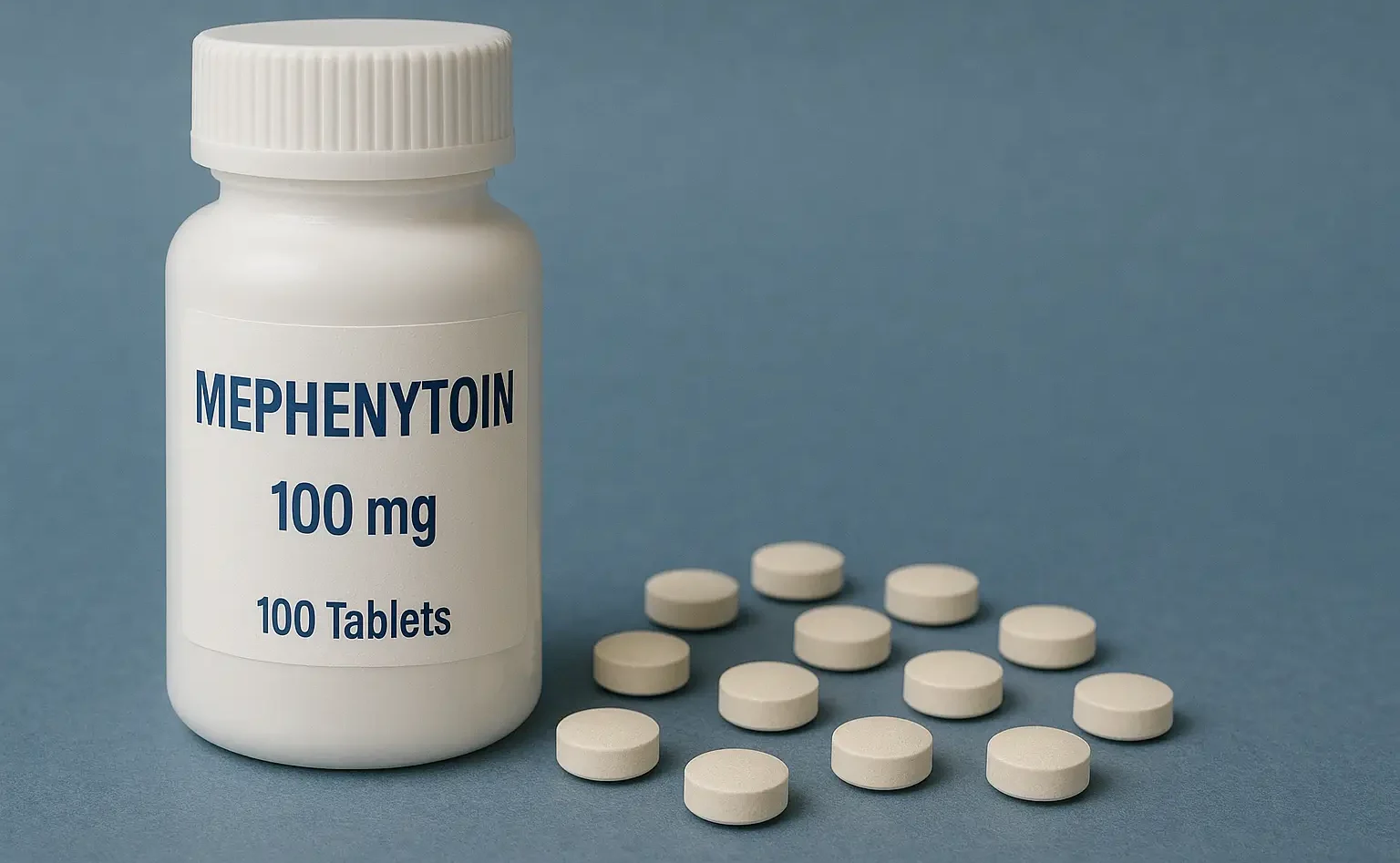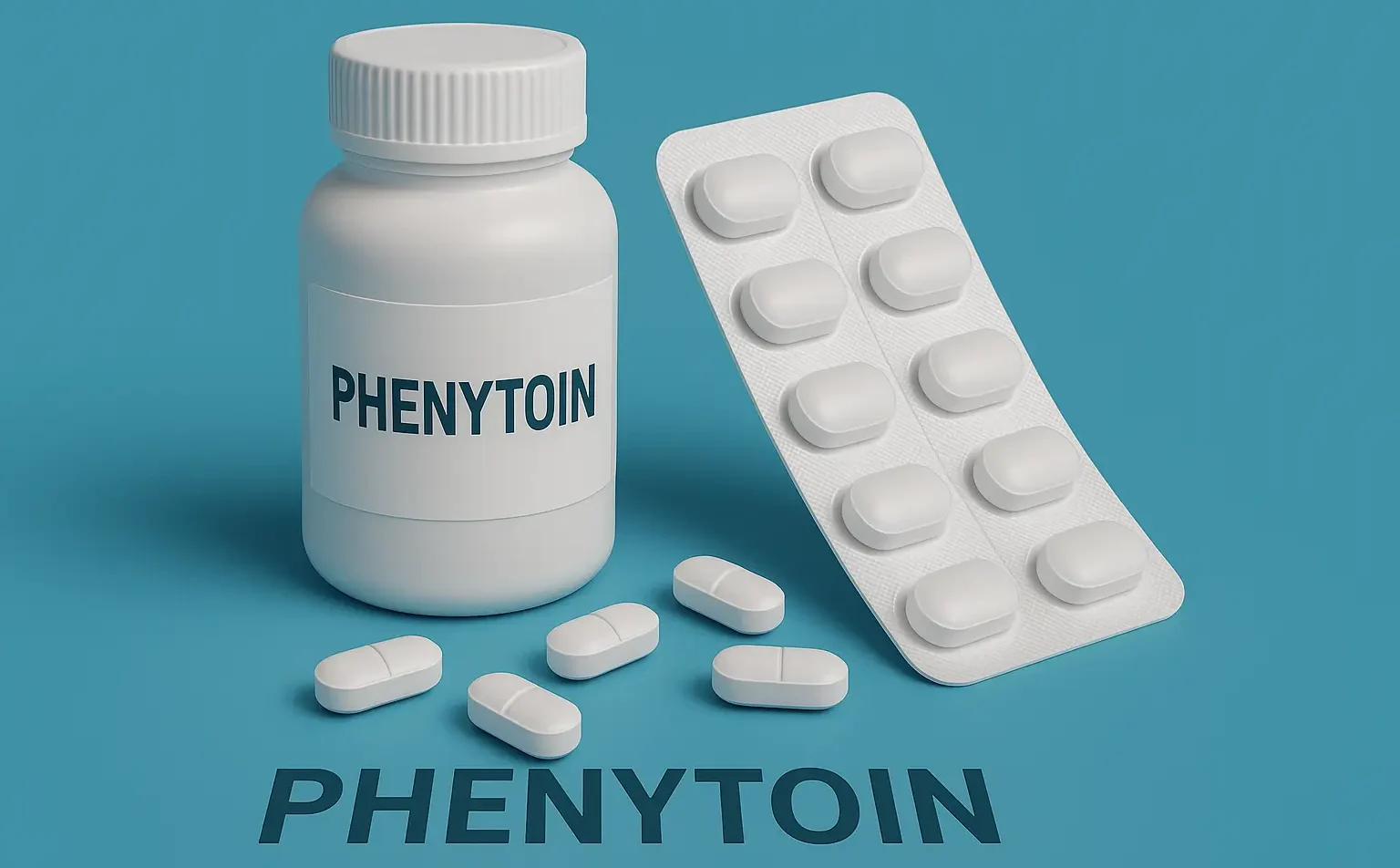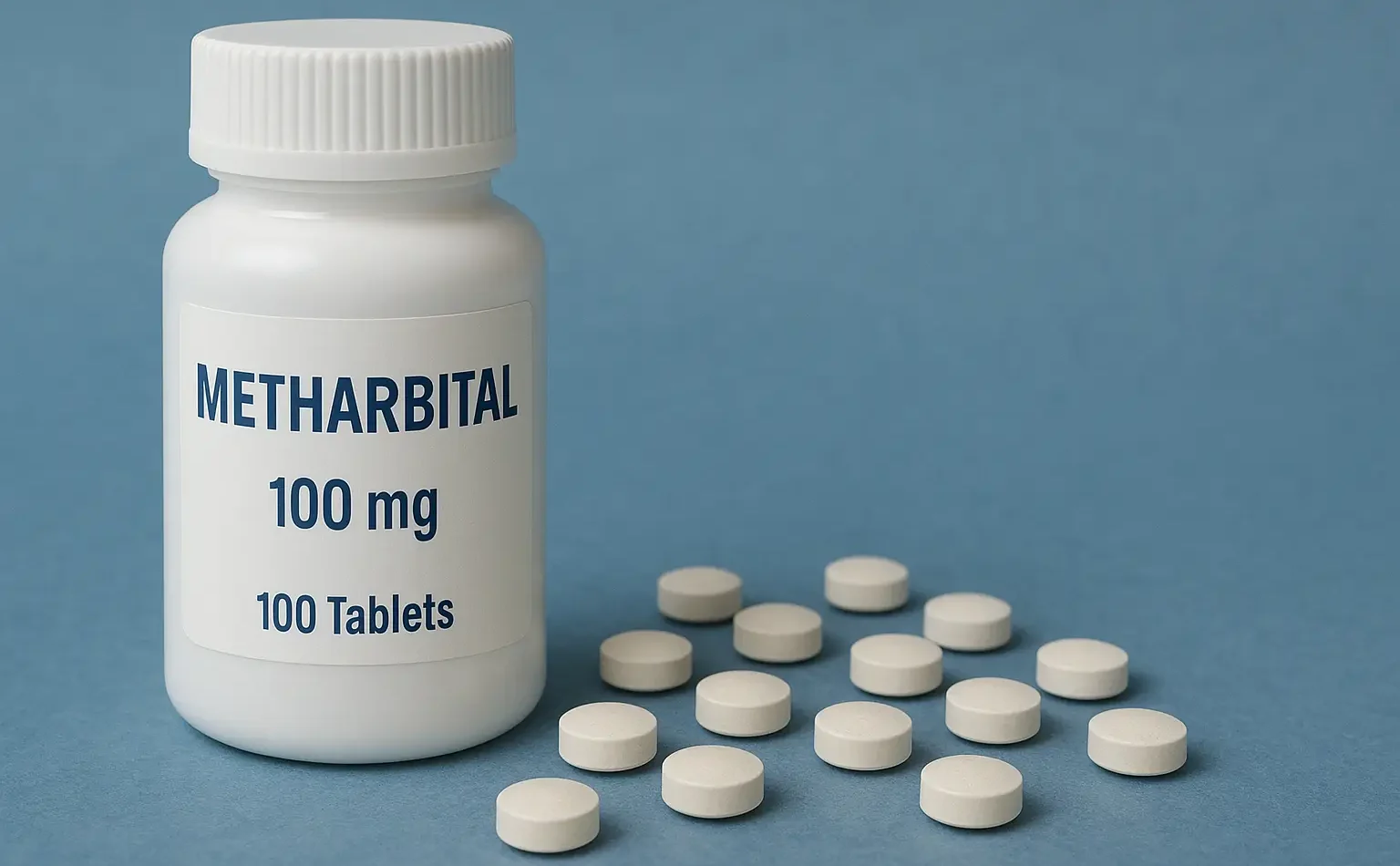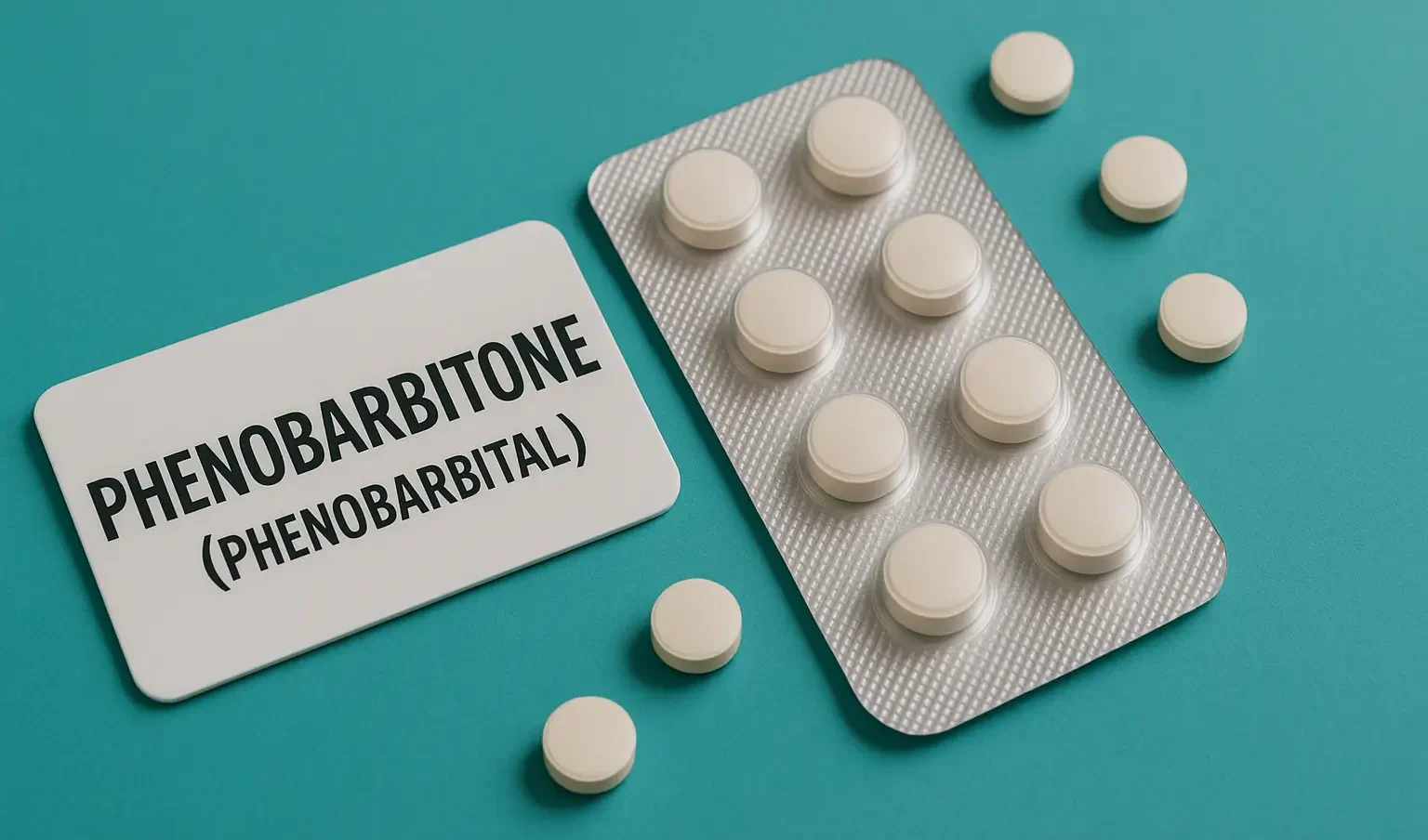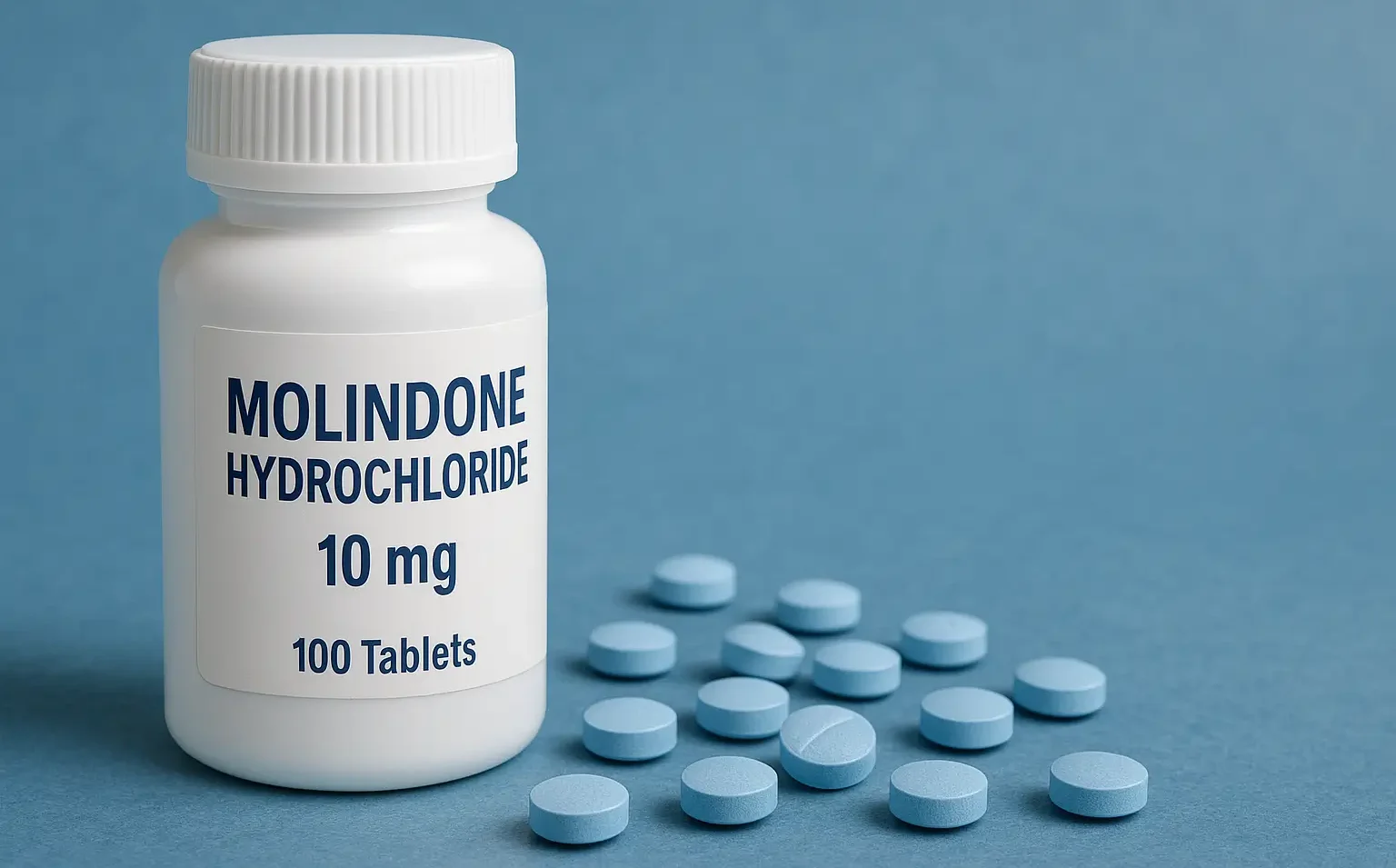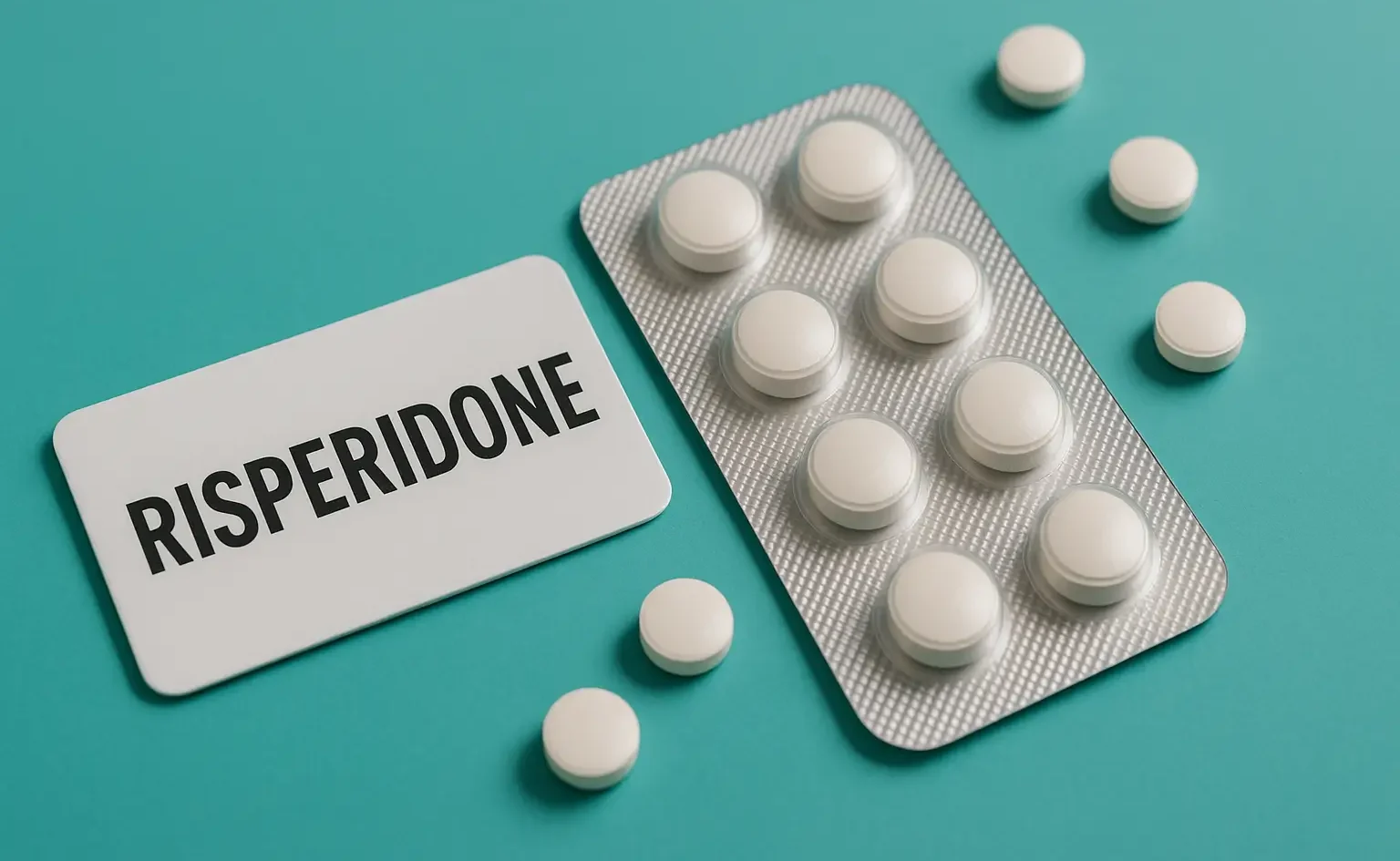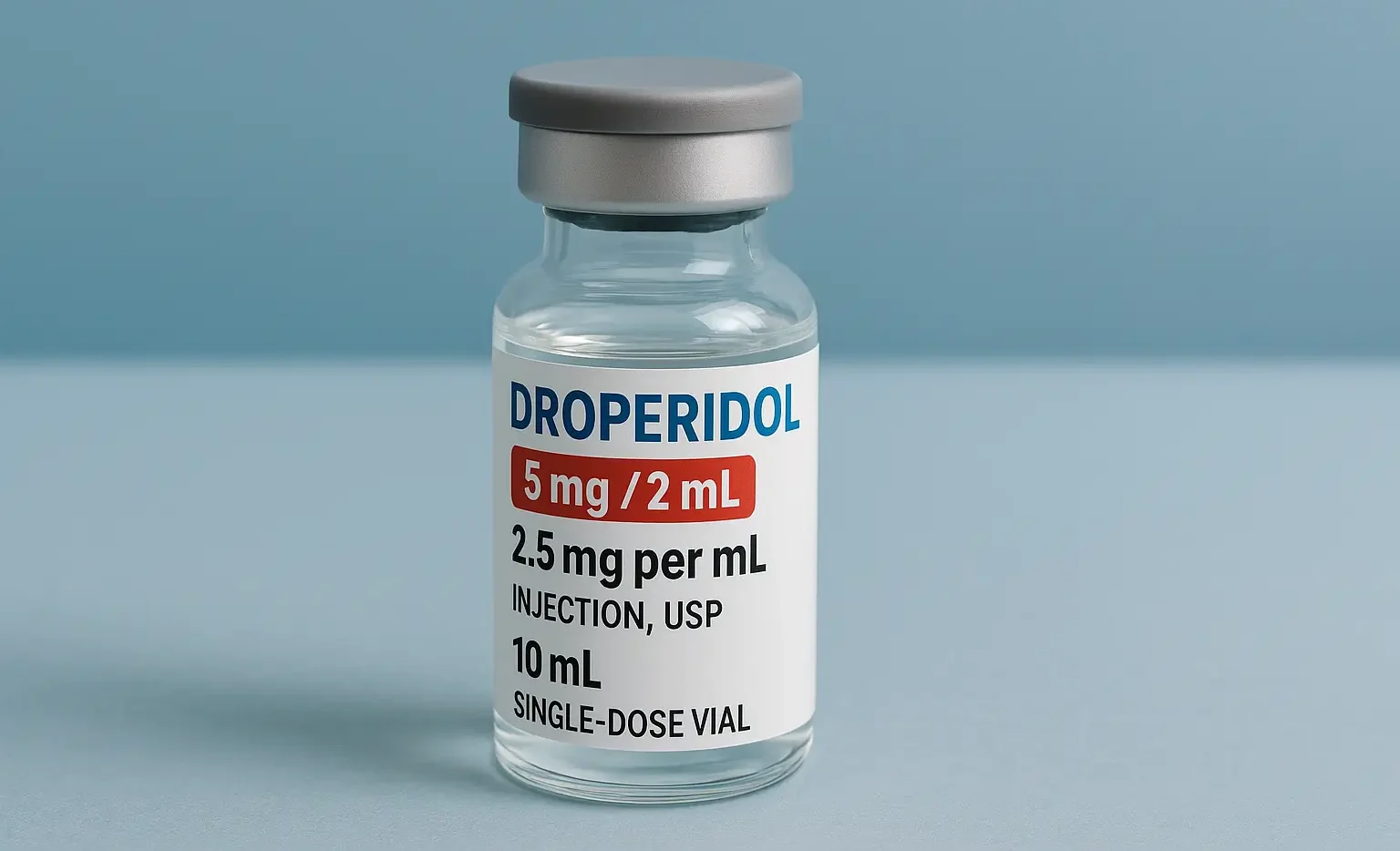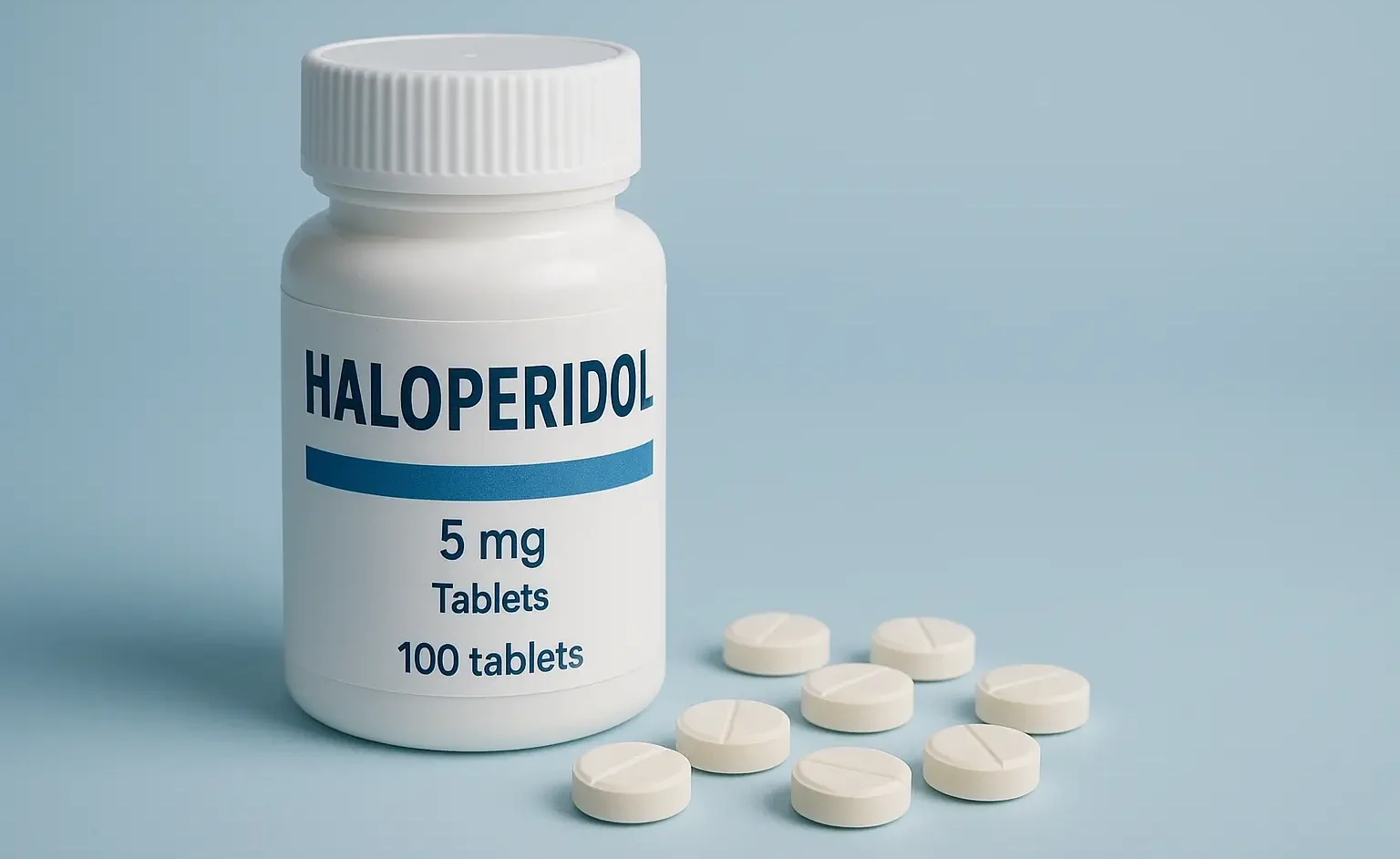Mephenytoin
Mephenytoin stabilizes neuronal membranes by reducing repetitive firing through sodium channel blockade. It is an anticonvulsant used in managing generalized tonic-clonic and partial seizures. Chemical Formula: C₁₂H₁₄N₂O₂ Mechanism of Mephenytoin: Sodium channel blocker (like phenytoin) Rapid oral absorption Uses of Mephenytoin: Tonic-clonic and partial seizures (historical) Side Effects: Aplastic anemia (rare but serious) Drowsiness, ataxia … Read more

